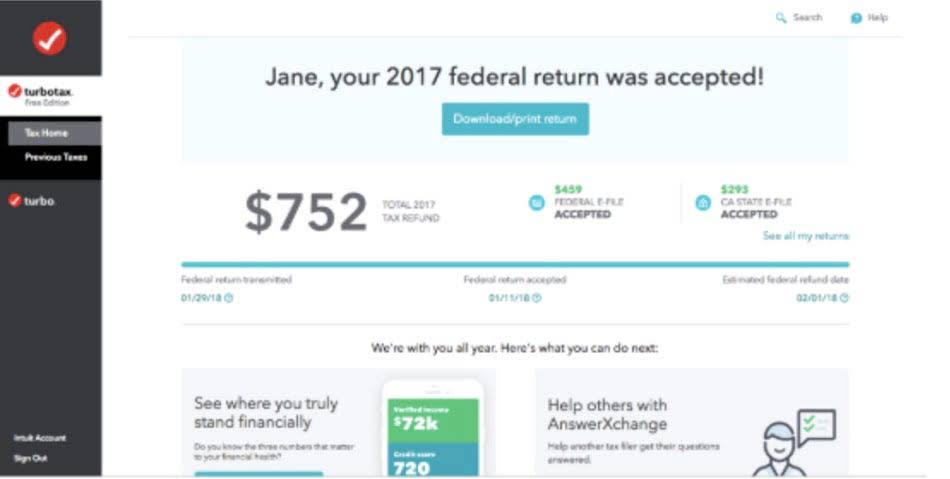How to calculate issued and outstanding shares, and why its important

Any excess goes toward increasing the paid-in capital in excess of par account. Often, the number of issued shares is equal to the number of issued and outstanding shares. However, if the company has participated in a stock buyback, it has repurchased shares that were previously issued and outstanding, thereby reducing the number of outstanding shares.
Do you already work with a financial advisor?

Using the formulas, we can calculate the gross proceeds of the issuance to be $551.4 million. Dividing this by the 13,800,000 shares that were issued, we can calculate the issue price per share to be approximately $39.96. Changes in shares outstanding over time also reveal how valuable shares are as a stake of ownership in the company, as the number of shares available directly affects this. Many companies decide to do a stock split to make their stock more affordable for a broader range of investors and to improve liquidity. A company’s number of outstanding shares is dynamic, changing over time.
- Importantly, the number of shares outstanding is dynamic and fluctuates over time.
- As a result, it decreases the number of outstanding stocks in the public and increases the amount of treasury shares.
- For information pertaining to the registration status of 11 Financial, please contact the state securities regulators for those states in which 11 Financial maintains a registration filing.
- These shares would then count as issued shares but not as outstanding shares.
- Most of the time, corporations will tell investors how many shares of stock they’ve issued, but sometimes, it’s helpful to be able to calculate those numbers on your own.
- The downside of the market capitalization method is that the market cap generally includes only the outstanding shares of a company.
- Companies may do this to increase their share price, such as if they need to satisfy exchange listing requirements or want to deter short sellers.
How Can Investors Use Outstanding Shares in Analysis?
The number is used to calculate many common financial metrics, such as earnings per share (EPS) and market capitalization. Issued shares are the subset of authorized shares sold and held by the shareholders of a company, whether they are insiders, institutional investors, or the general public. Issued shares include the stock a company sells publicly to generate capital and the stock given to insiders as part of their compensation how to calculate shares issued packages.
- Finance Strategists has an advertising relationship with some of the companies included on this website.
- The number of shares outstanding increases whenever a company undertakes a stock split.
- Thus, the denominator is expressed in terms of the type of common share that exists at the time the financial statements are released, rather than the type that exists when the earnings were achieved.
- The number of shares outstanding for a company is equal to the number of shares issued minus the number of shares held in the company’s treasury.
- These are the shares a company has issued to investors, both publicly and privately.
- If you know the market cap of a company and its share price, then figuring out the number of outstanding shares is easy.
- Shareholders generally don’t like being asked to cough up more money if they don’t wish to have their ownership stake diluted.
Issued Shares
Authorized shares are the total number of shares a company can legally issue, while issued shares are the number the company has issued to date. The number of authorized and issued shares may be the same or different, in which case there would be more authorized than issued shares. A corporation with a bigger number of outstanding shares is more stable overall because there is greater price stability and the fact that it takes many more shares to be traded to significantly change the stock price. In contrast, a stock with a significantly lower number of outstanding shares would be more susceptible to price manipulation since it would take a significantly smaller number of shares to alter the price of the stock. Weighted average shares is the number of all common stock that is in affect for a specific time frame, whereas basic shares are companies issued amount of common stock with actual stock certificates that have been issued. The shares can be grouped according to the length of time that they were outstanding.
Which of these is most important for your financial advisor to have?
One may consider not only the issued and outstanding shares but also those that could be issued in the future. This broader view https://www.bookstime.com/ is captured in the “fully diluted” calculation, which takes into account shares that would be issued if all authorized stock options and convertible securities were exercised. The number of outstanding shares is also in the capital section of a company’s annual report. To understand the calculation of outstanding shares, let us take an example of a company that has recently issued 1000 shares. Out of these, 600 shares are issued as floating shares for the public, and 200 shares are issued as restricted shares to the company insiders. Shares outstanding refers to the amount of stock held by shareholders, including restrictive shares held by company insiders.

Outstanding Shares vs. Issued Shares

In this case, group 1 consists of 100,000 shares that were outstanding for the entire year, while groups 2 and 3 are included in the 20,000 shares issued on 1 April. Different scenarios for calculating the weighted average of outstanding shares are shown in the following examples. cash flow Then, divide the gross proceeds by the number of shares issued to calculate the issue price per share.


Leave a Reply
Want to join the discussion?Feel free to contribute!